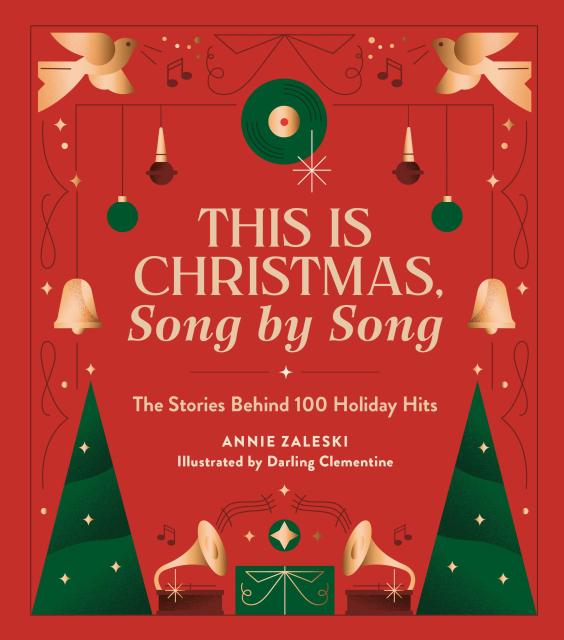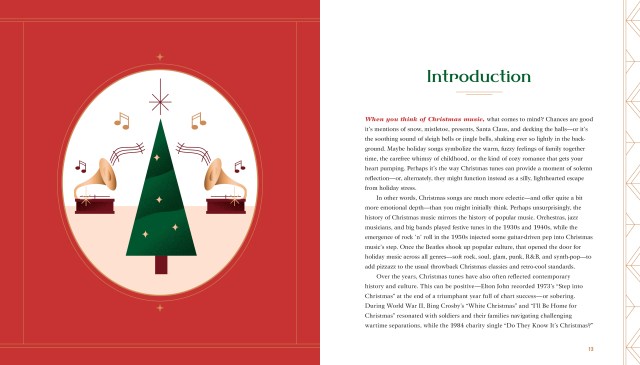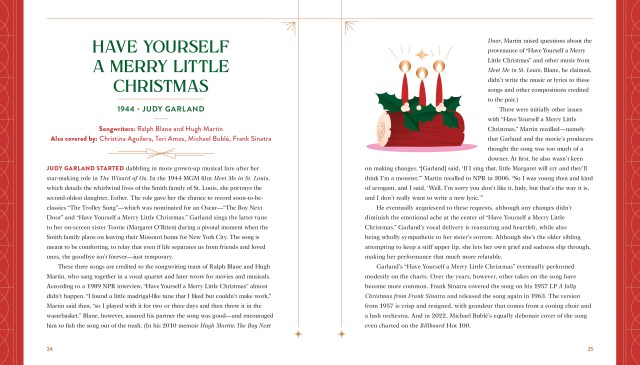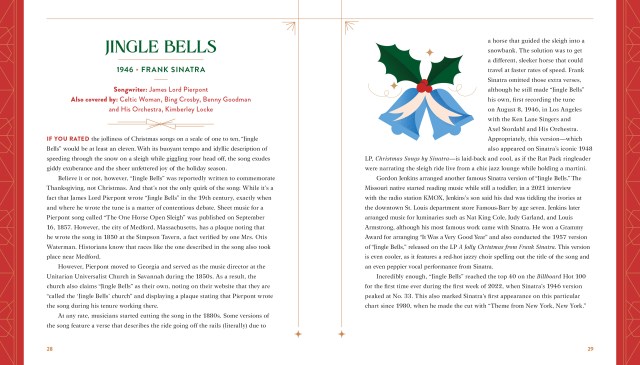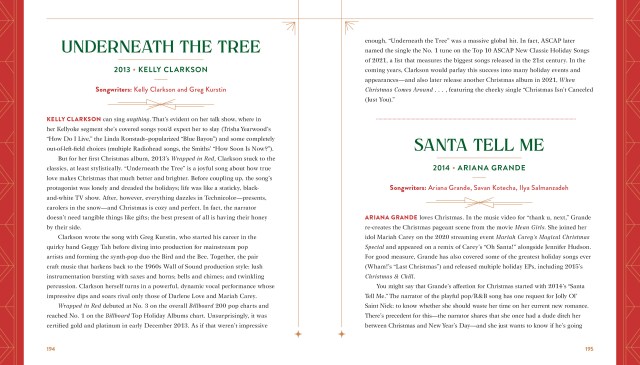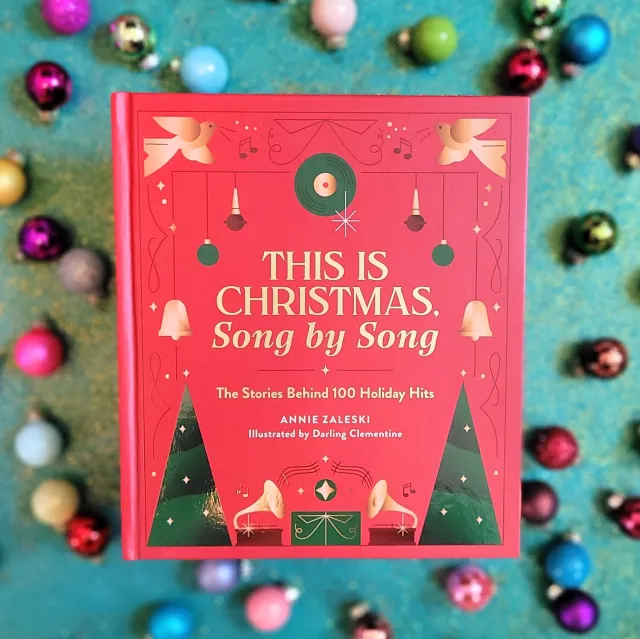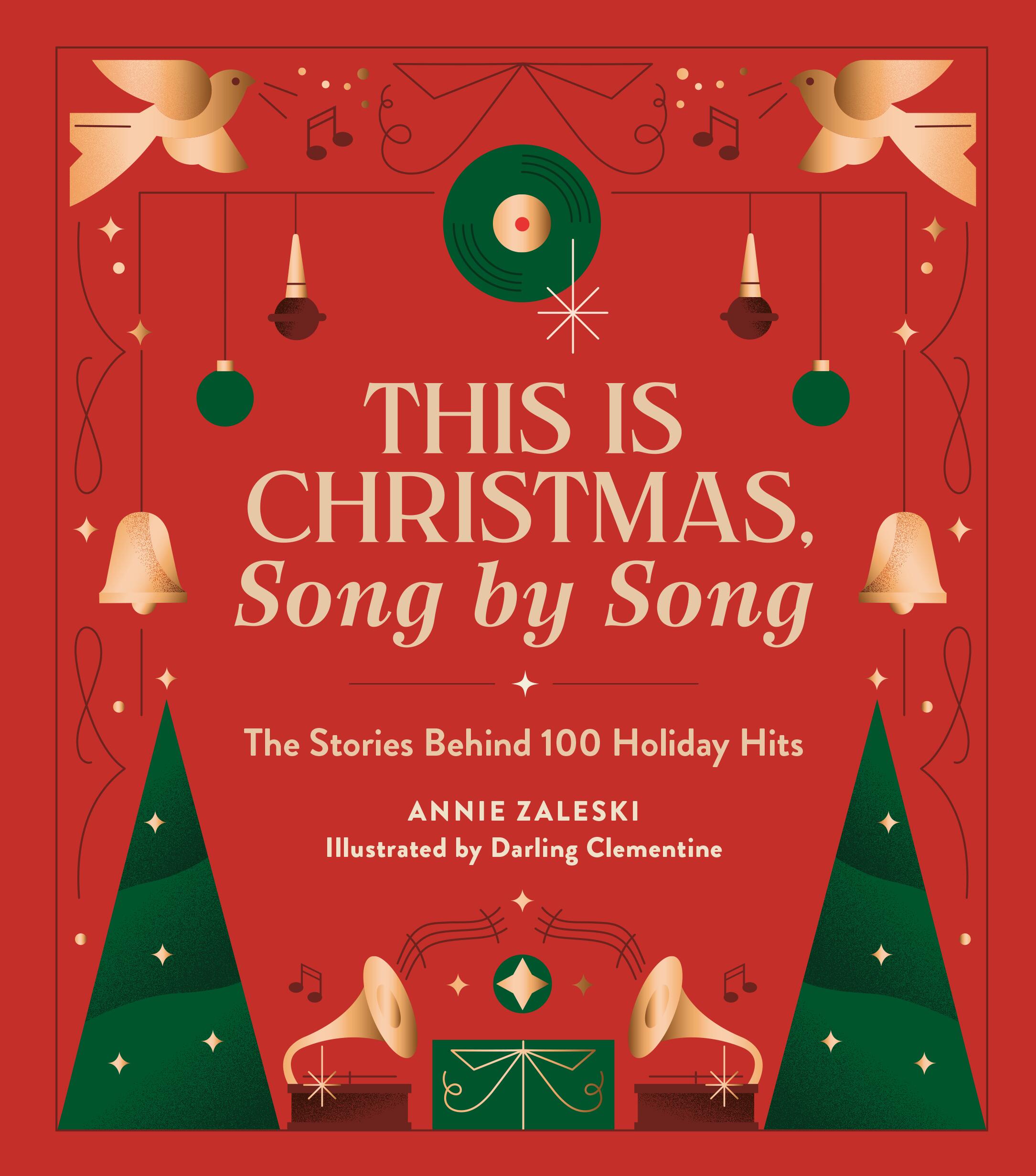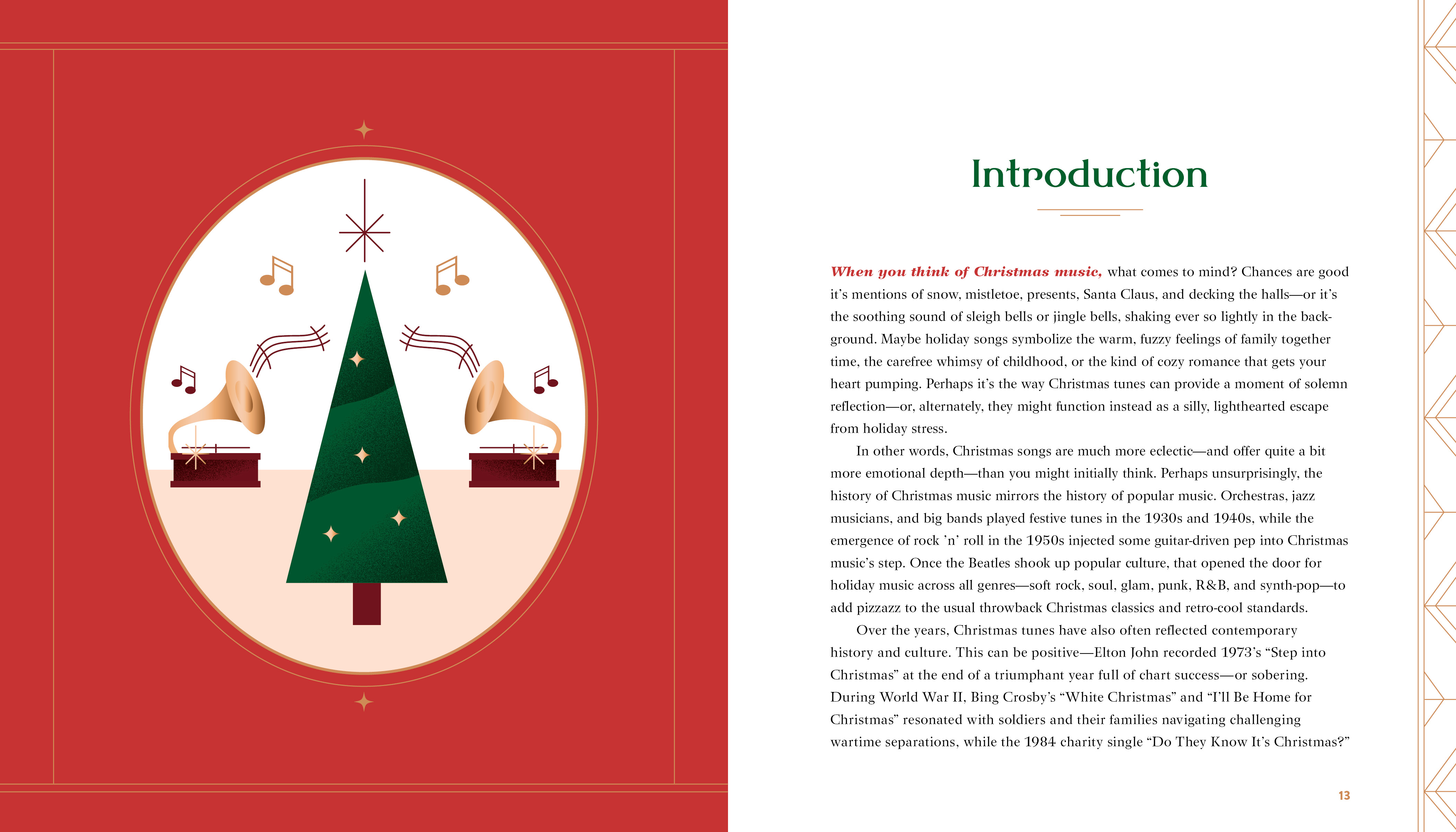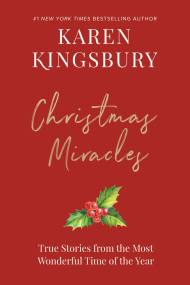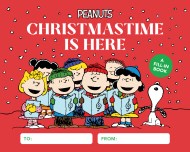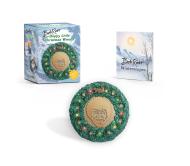Promotion
Use code MOM24 for 20% off site wide + free shipping over $45
This Is Christmas, Song by Song
The Stories Behind 100 Holiday Hits
Contributors
Illustrated by Darling Clementine
Formats and Prices
Price
$27.00Price
$35.00 CADFormat
Format:
- Hardcover $27.00 $35.00 CAD
- ebook $13.99 $17.99 CAD
This item is a preorder. Your payment method will be charged immediately, and the product is expected to ship on or around October 17, 2023. This date is subject to change due to shipping delays beyond our control.
Also available from:
'Tis the season! Break out the eggnog, hang the mistletoe, blast those Christmas songs, and settle down in your favorite armchair with this beautifully illustrated volume exploring well-known and lesser-known behind-the-scenes stories of the 100 most cherished holiday songs of all time and their everlasting impact. From artists such as Bing Crosby and Ella Fitzgerald all the way up to Mariah Carey and Ariana Grande, this all-encompassing collection of holiday favorites (called one of "the 25 best Christmas books of all time" by Book Riot) is sure to warm your heart during the merriest season of the year.
What song was listed in the Guinness Book of World Records as the best-selling single of all time? Which popular Christmas tune was reportedly written to commemorate Thanksgiving? What holiday song led to a special meet-and-greet between the song's 10-year-old singer and a 700-pound hippopotamus?
Spanning musical genres and decades of classics and modern hits, some of the featured songs include:
- “White Christmas” by Bing Crosby
- "All I Want for Christmas Is You" by Mariah Carey
- "Deck the Halls" by Mannheim Steamroller
- “Christmas Tree Farm” by Taylor Swift
- “Christmas Time (Is Here Again)" by The Beatles
- “Feliz Navidad” by José Feliciano
- "Rudolph the Red-Nosed Reindeer" by Gene Autry
- "You Make It Feel Like Christmas" by Gwen Stefani
- “Santa Baby” by Eartha Kitt
- “Rockin’ around the Christmas Tree” by Brenda Lee
- “Merry Christmas, Happy Holidays” by NSYNC
- “Run Rudolph Run” by Chuck Berry
Including full-color illustrations throughout, this gorgeously packaged compendium is the perfect gift for you and your loved ones to experience the holiday magic year after year.
Genre:
-
“Zaleski’s prose is crisp and informative and the page layouts are sprinkled with whimsical illustrations by Darling Clementine. An excellent choice for public library collections.”Booklist
-
"The eclectic mix of pop standards, songs from TV specials, contemporary hits from Mariah Carey and Taylor Swift, and lesser-known punk and heavy metal Christmas tunes makes this an essential read for trivia buffs, music enthusiasts, and holiday revelers."Library Journal
-
"If you know someone who really loves Christmas songs—someone who doesn’t turn green even when 'Santa Baby' starts winding up—you must get them a copy of This Is Christmas, Song by Song, by Annie Zaleski. Her shiny, sharply designed volume contains 'the stories behind the 100 most meaningful Christmas songs of all time—the weird, the surprising, the touching, the festive.'”The Washington Post
- On Sale
- Oct 17, 2023
- Page Count
- 224 pages
- Publisher
- Running Press
- ISBN-13
- 9780762482726
Playlist: This is Christmas, Song by Song
Newsletter Signup
By clicking ‘Sign Up,’ I acknowledge that I have read and agree to Hachette Book Group’s Privacy Policy and Terms of Use
